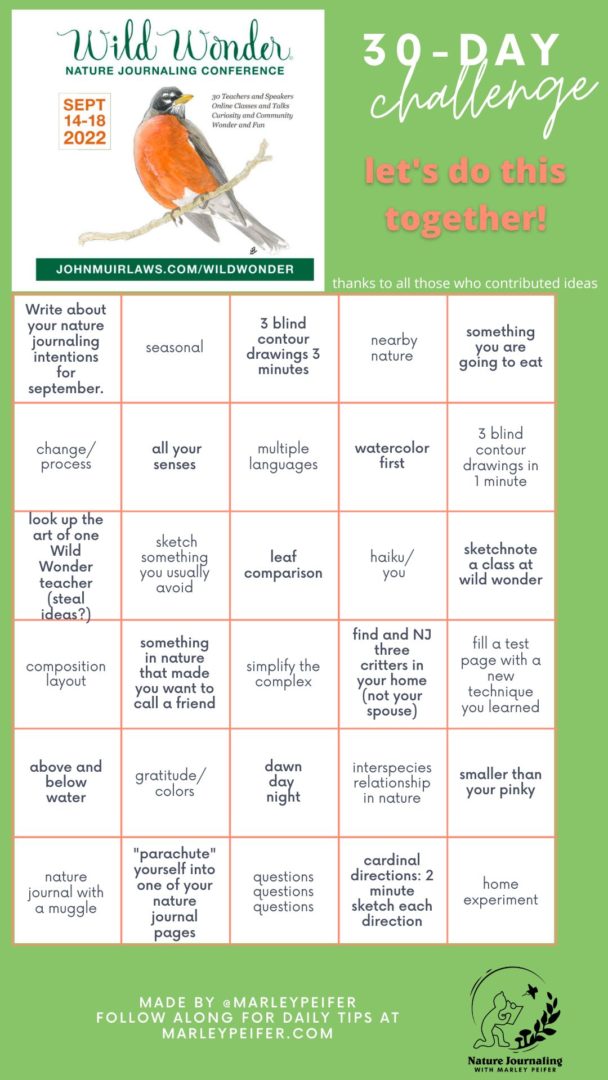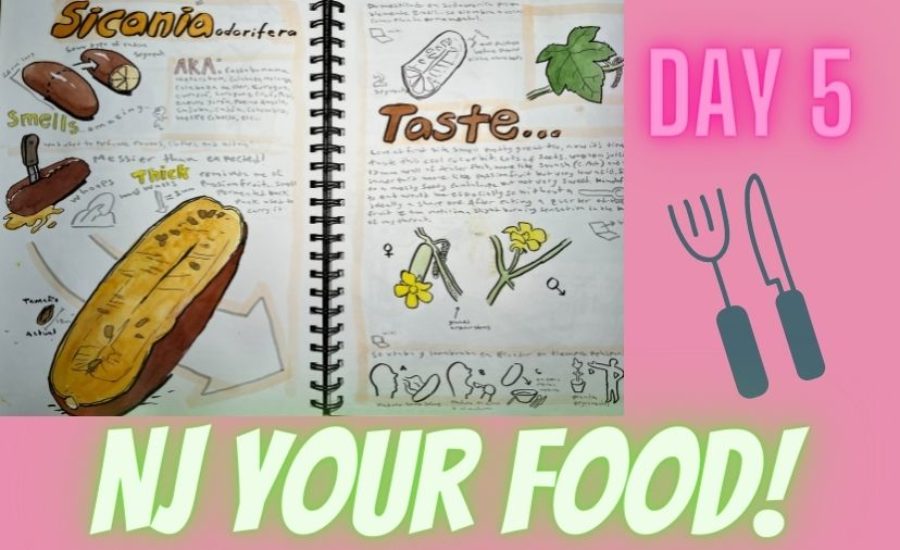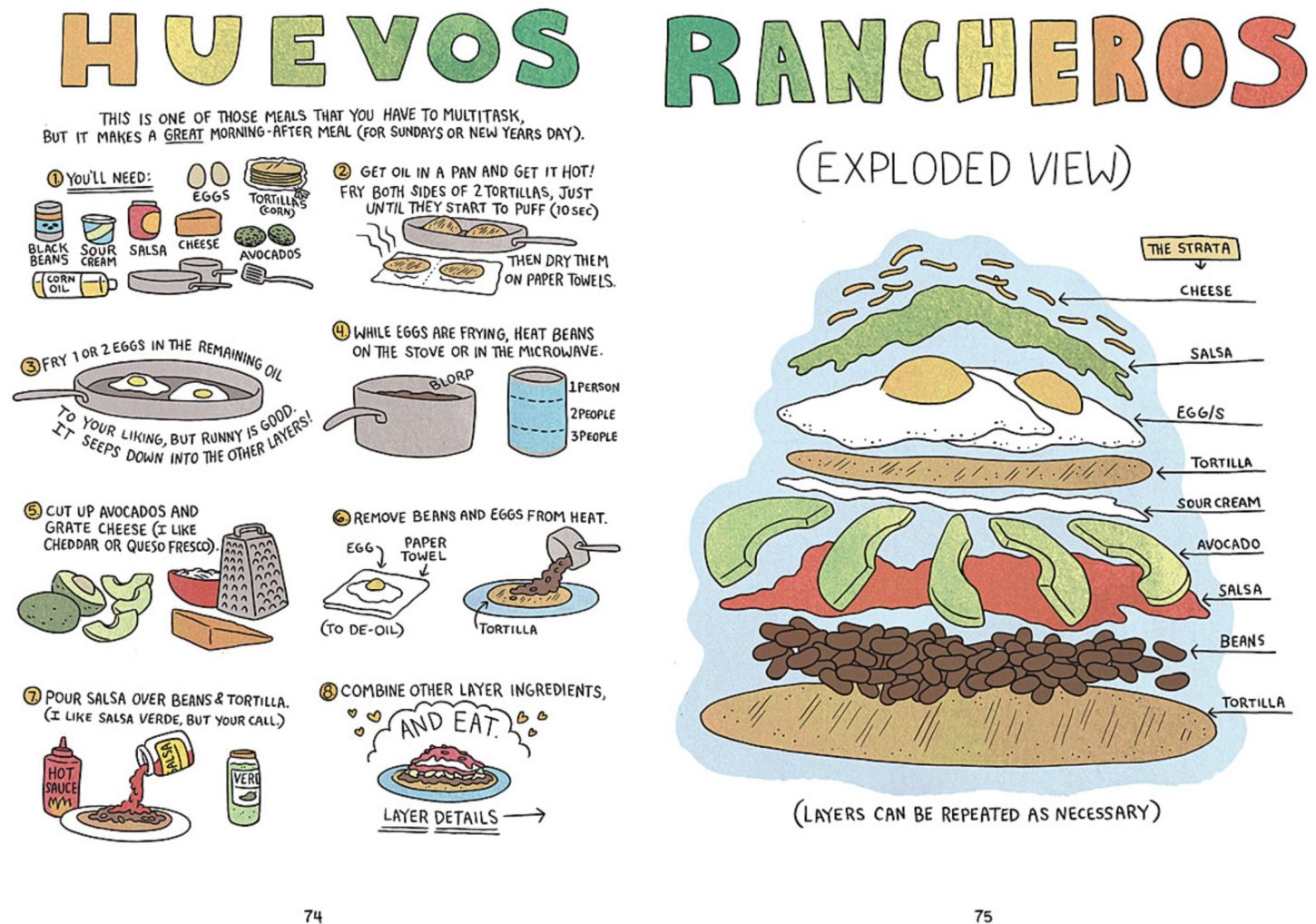Have you ever tried nature journaling your food?
Today’s Prompt: “Something you are going to eat”
Your parents probably told you not to play with your food as a kid. Because of this you may still feel some hesitation to whip out your sketchbook at the dinner table. Similarly, you might have grown up with a lot of siblings competing for food. The slightest hesitation and Billy might steal your desert. Fortunately, you’re an adult now and we can leave all that behind. Thank goodness, because nature journaling something you are going to eat has a lot of benefits.
Why should I be nature journaling my food?
"Because Marley told me" is not a good enough reason.
- First of all, food is an accessible form of nature. Chances are you have some in your house right now.
- Next, your food is one of the most direct ways you connect with nature. We tend to forget this and it’s significance. You are part of a food web, trophic levels, nutrient cycling, and ecosystems just like the rest of the plants and animals you usually draw.
- Looking at food this way can be a healthy way to appreciate it more, feel gratitude, and perhaps even lead towards more sustainable and ethical choices.
- Finally, nature journaling your food can be fun and beautiful. Check out this image from Lucy Knisley.

Some creative ideas for nature journaling something you are going to eat
Starting easy and building up to more challenging!
- First, you could try a “species Profile” of a fruit or vegetable. For example, take something from your kitchen such as an onion, a tomato, or a pinapple. Do some sketches of it, zoom in zoom out, and then add a title with species name. In addition you can do some research, add a drawing of the plant etc. This is the “Victorian Lady” nature journal approach. One plant one page.
- Next, and more advanced as well as more rewarding. Try a collection or a joint comparison of fruits and vegetables. Collections and joint comparisons are two classic nature journaling techniques. A joint comparison is nature journaling two similar things side by side and comparing them. You can learn more about how to do a collection here.
- Third, would be to sketchnote a recipe or a process as shown above.
- The next level up would be to do the nature journaling technique “change over time.” Basically, you will use your journal to follow the progress of something growing (or decaying) over several days. For example a potato sprouting in your cupboard or mold growing on cheese.
- Finally, the Leonardo Da Vinci level challenge! All ye faint of heart turn away now. This challenge is for you homesteader types or could be good with kids (better than biology class). We are going to nature journal the process of butchering a chicken from the backyard to the barbecue. There are a lot of modifications or directions you can take this in. All of them will reward curiosity and open mindedness with deeper learning and connection. (vegetarians can dissect fruit or mushrooms.)
But what if I’m completely new to nature journaling?
Don’t worry, we got you right here. Below are links to some super resources for beginner nature journalers.
Are you just getting started with Nature Journaling?
Here are tips and motivation for beginners.
Where is the 30 day challenge?
If you missed the beginning you can still jump in now. Here is the complete guide.

If you want a PDF for printing: 30 Day Challenge Wild Wonder Nature Journaling

